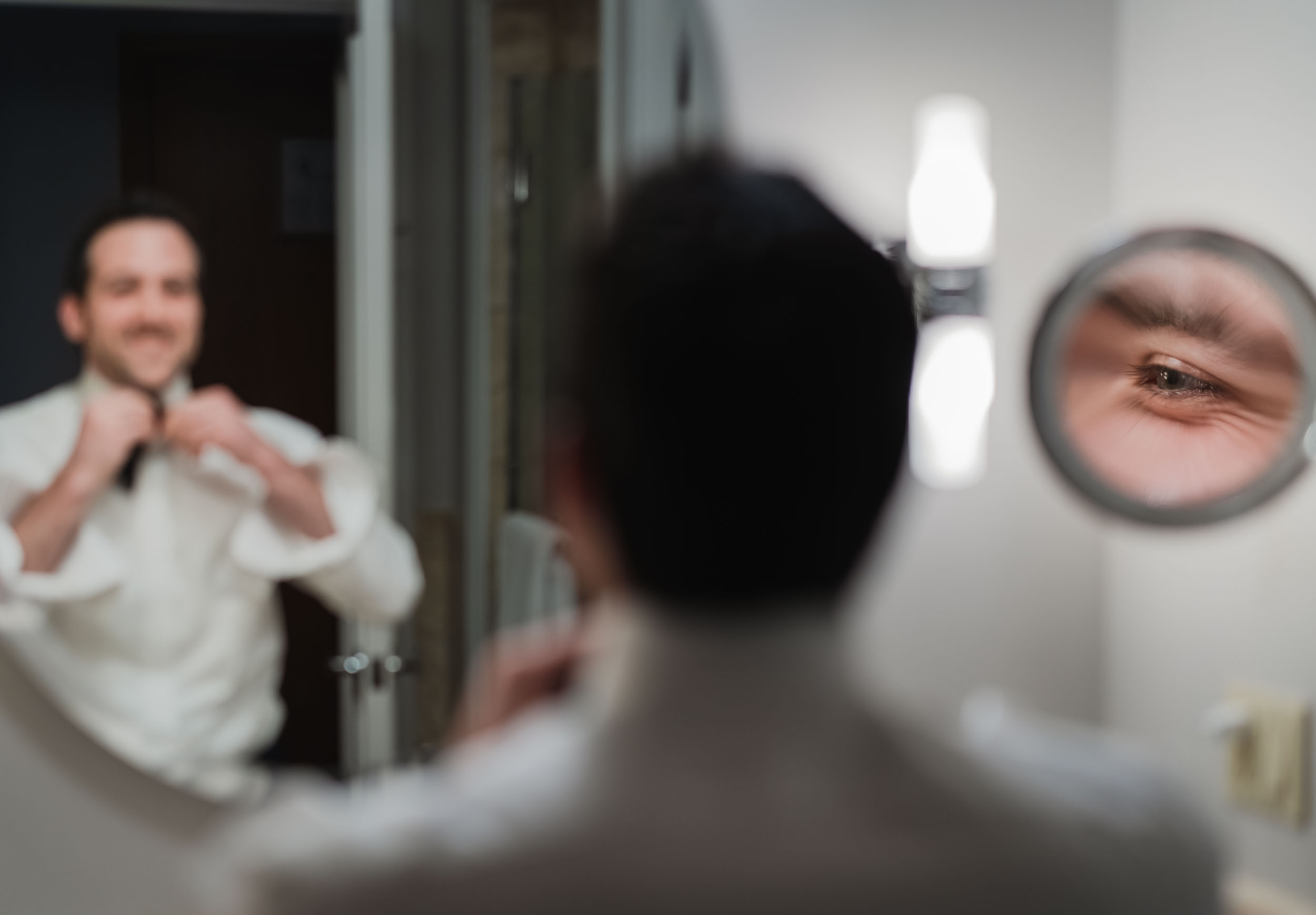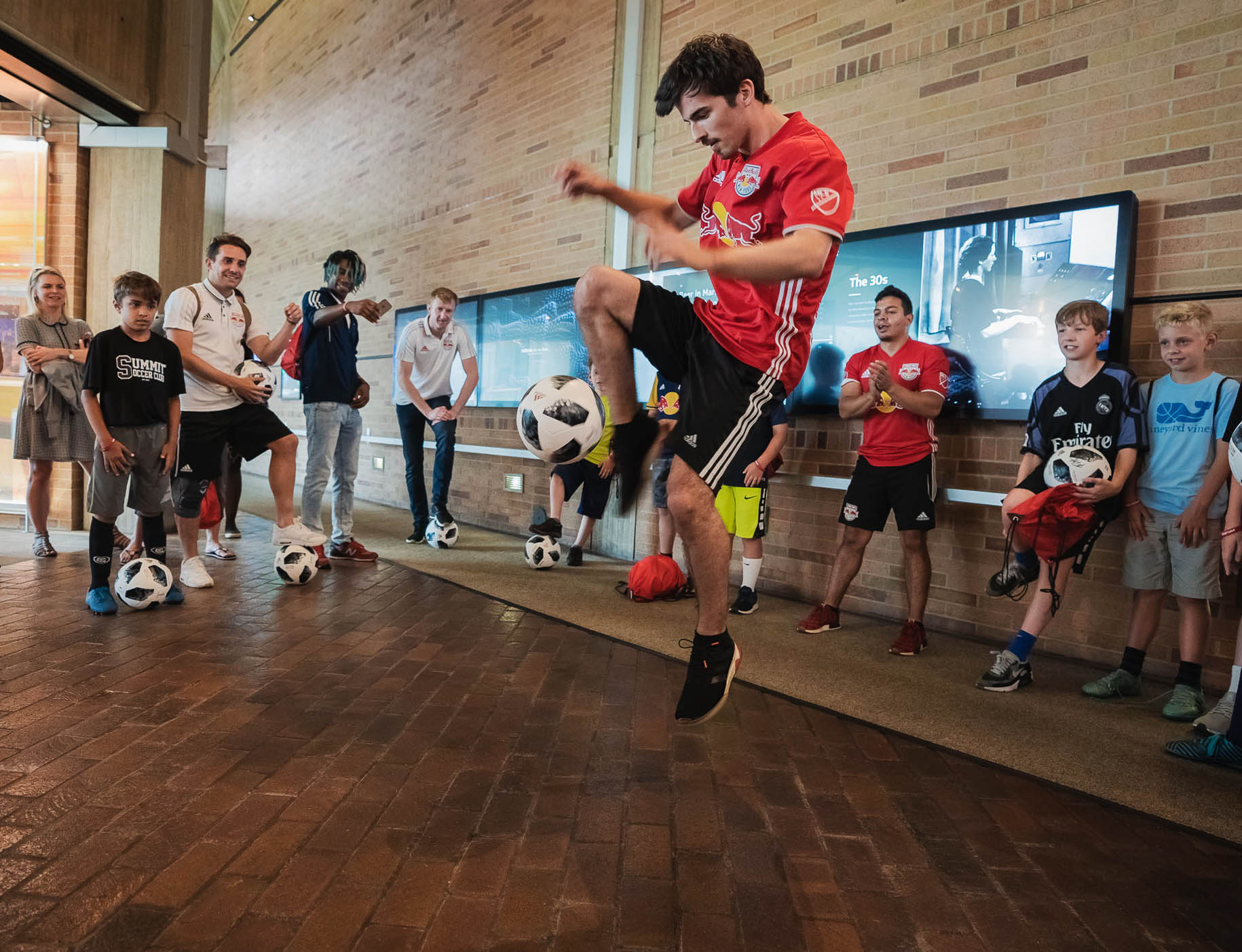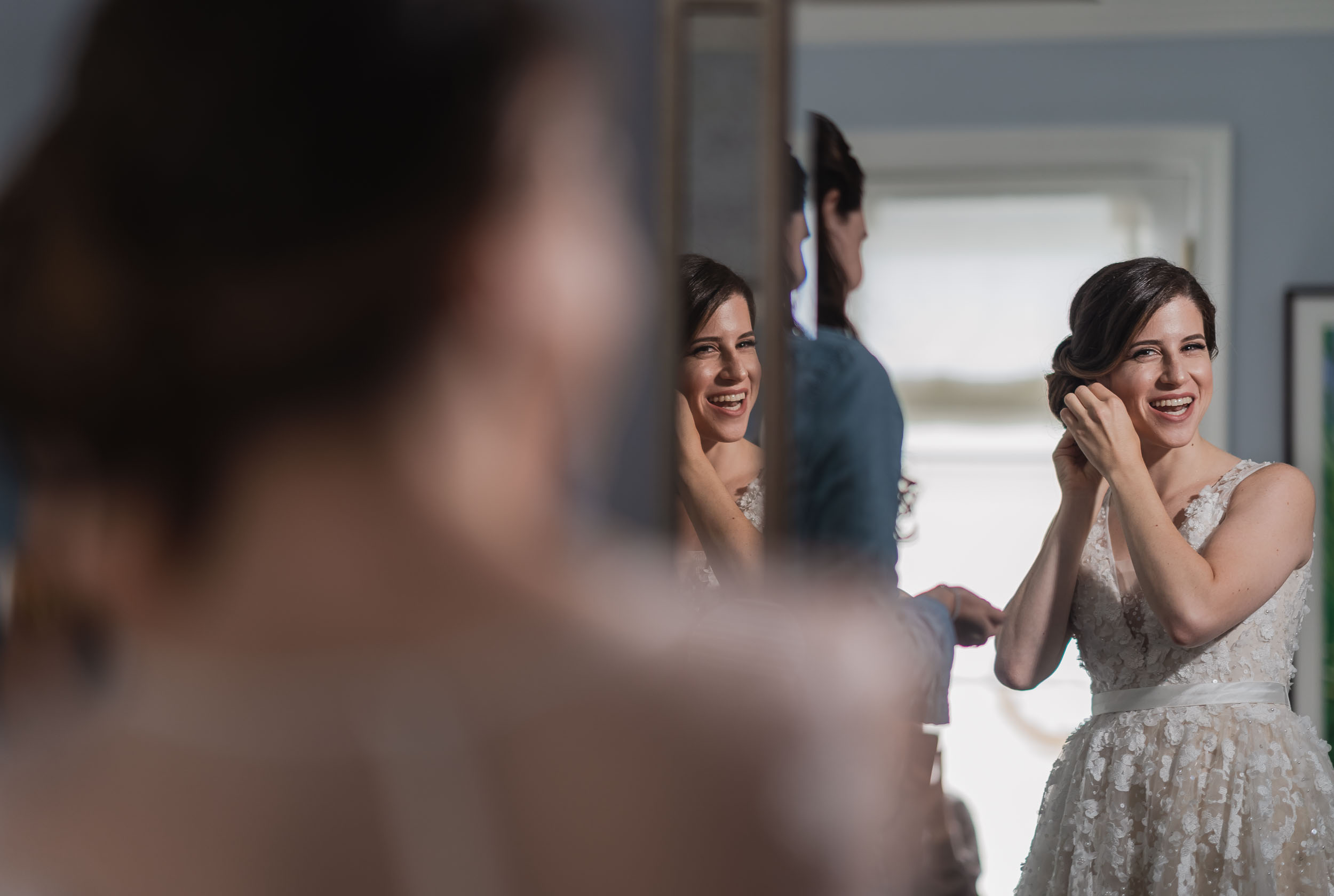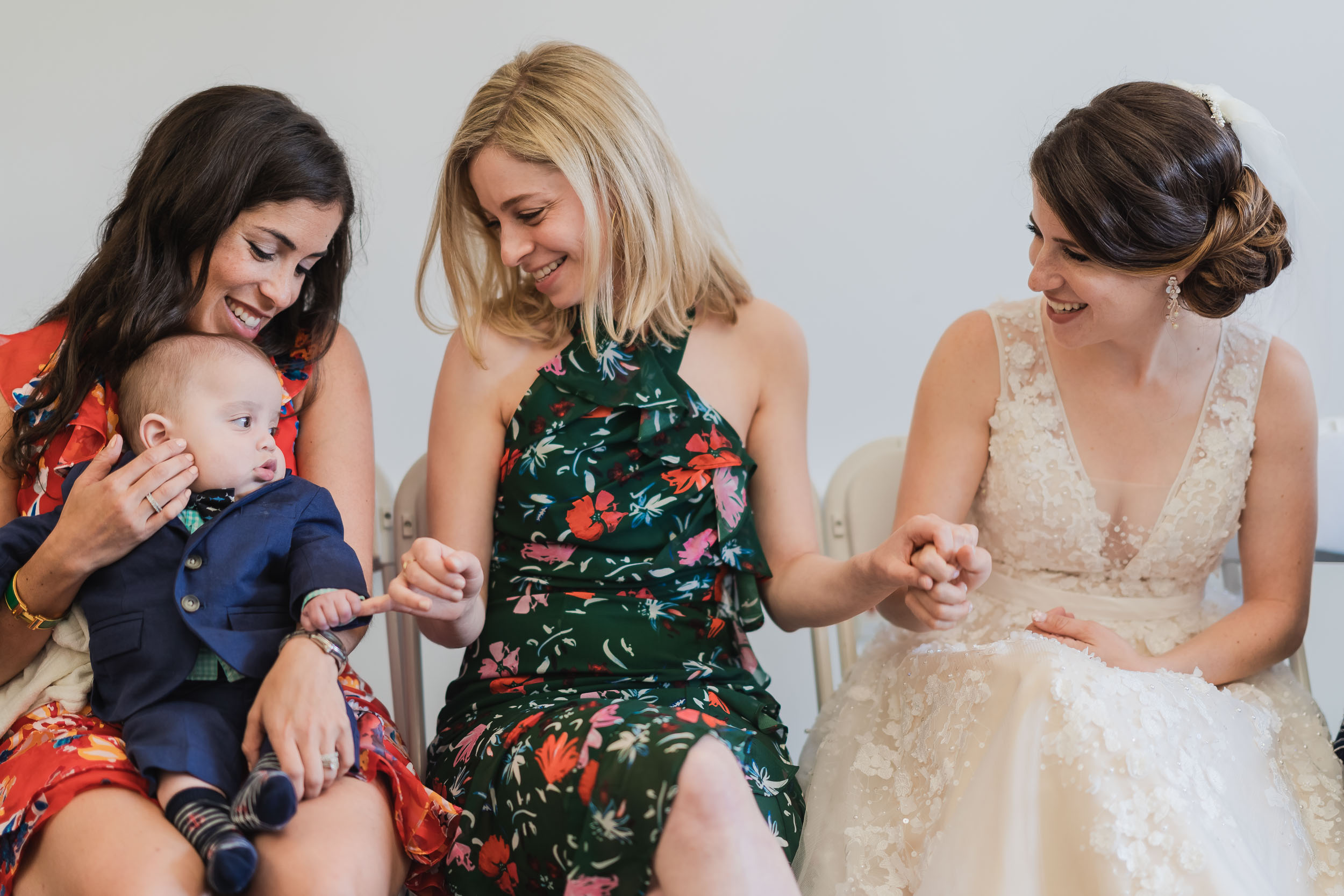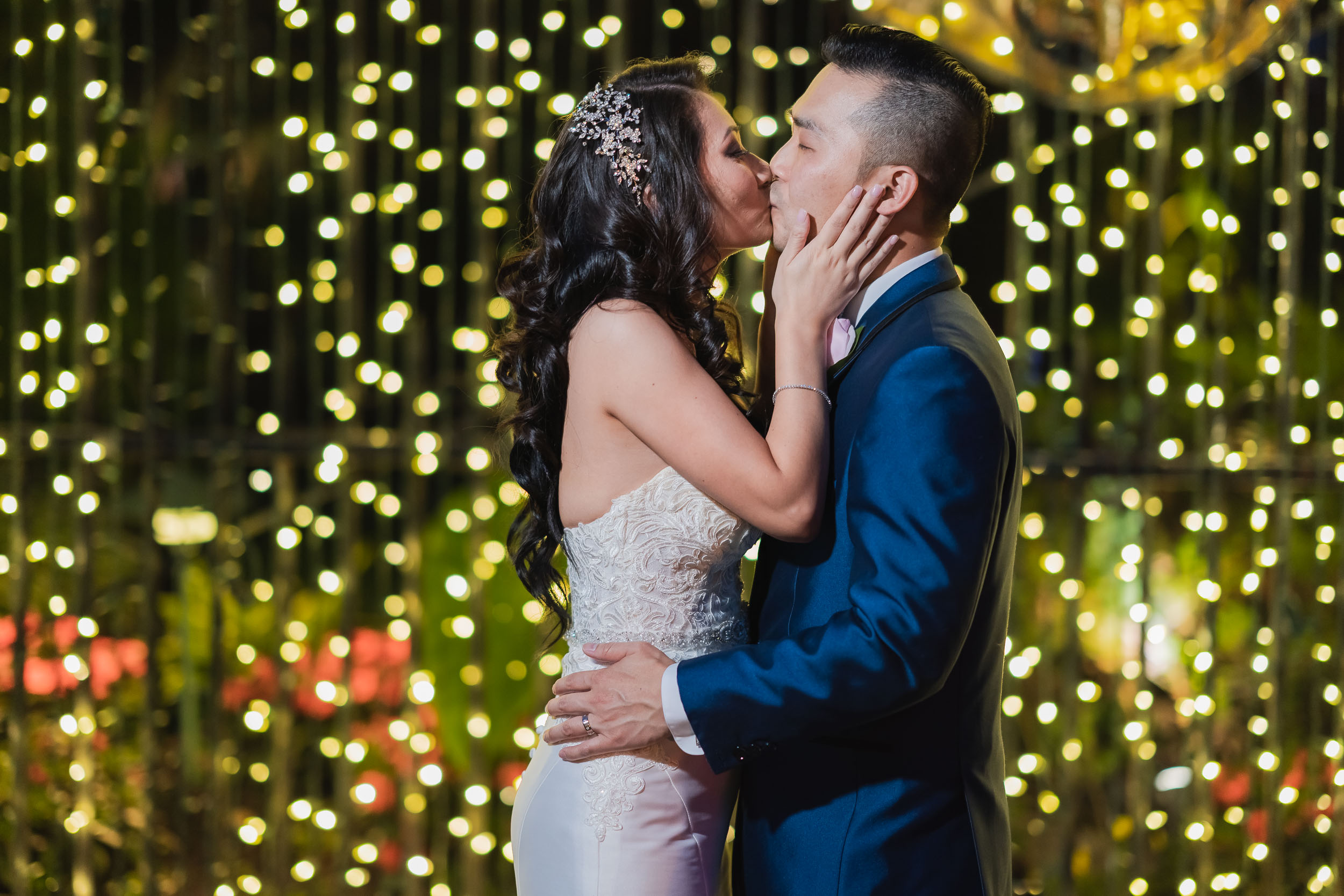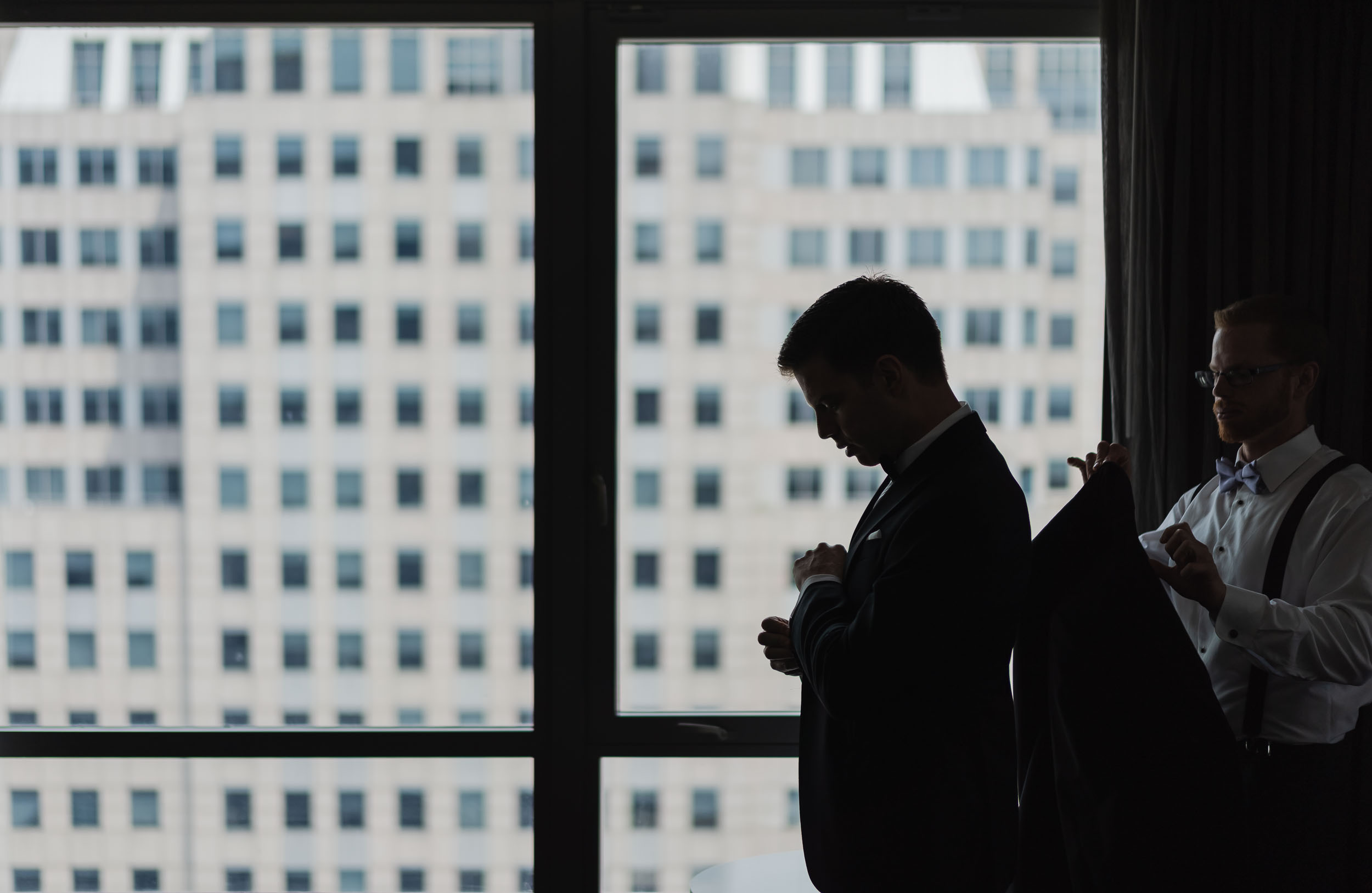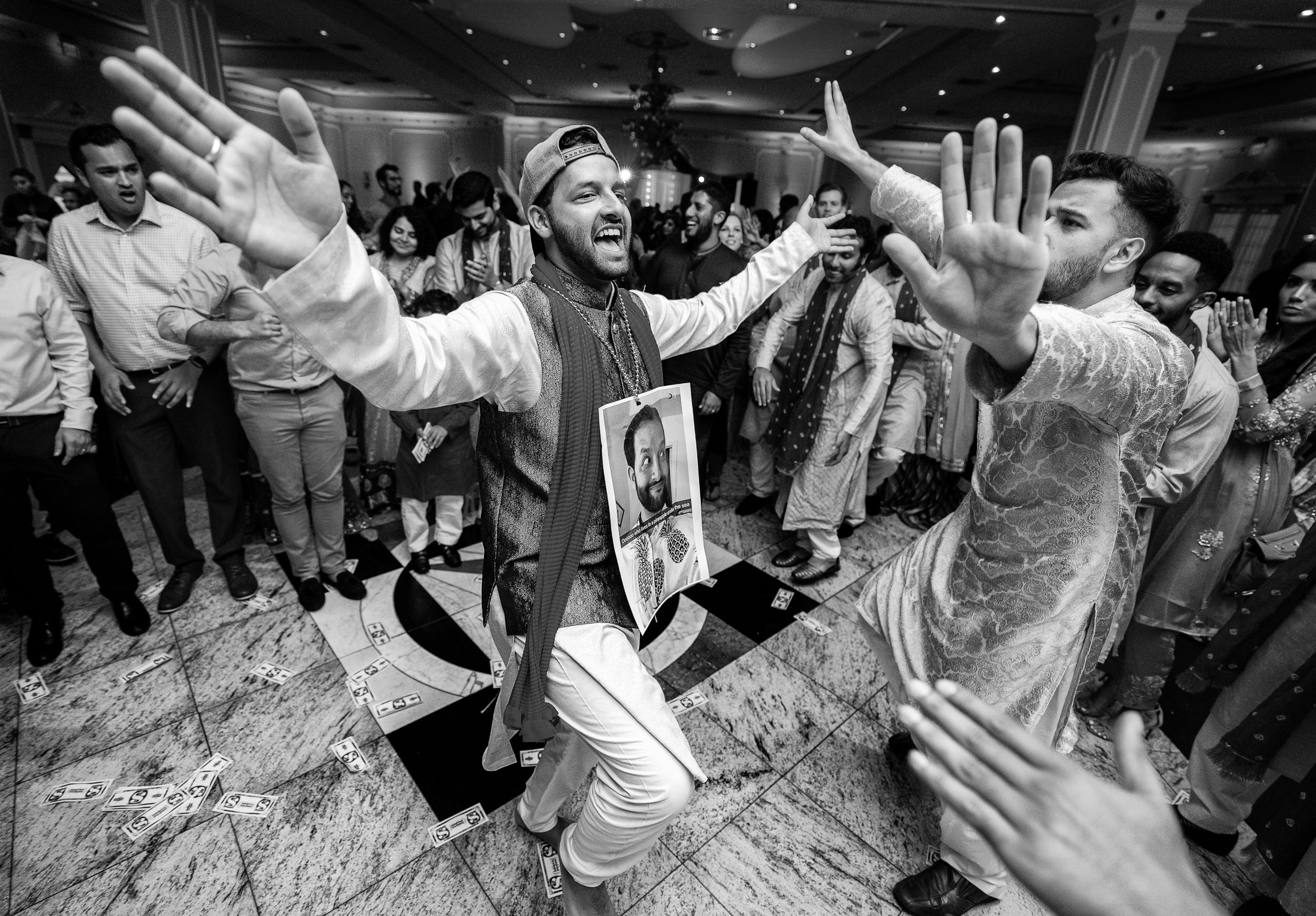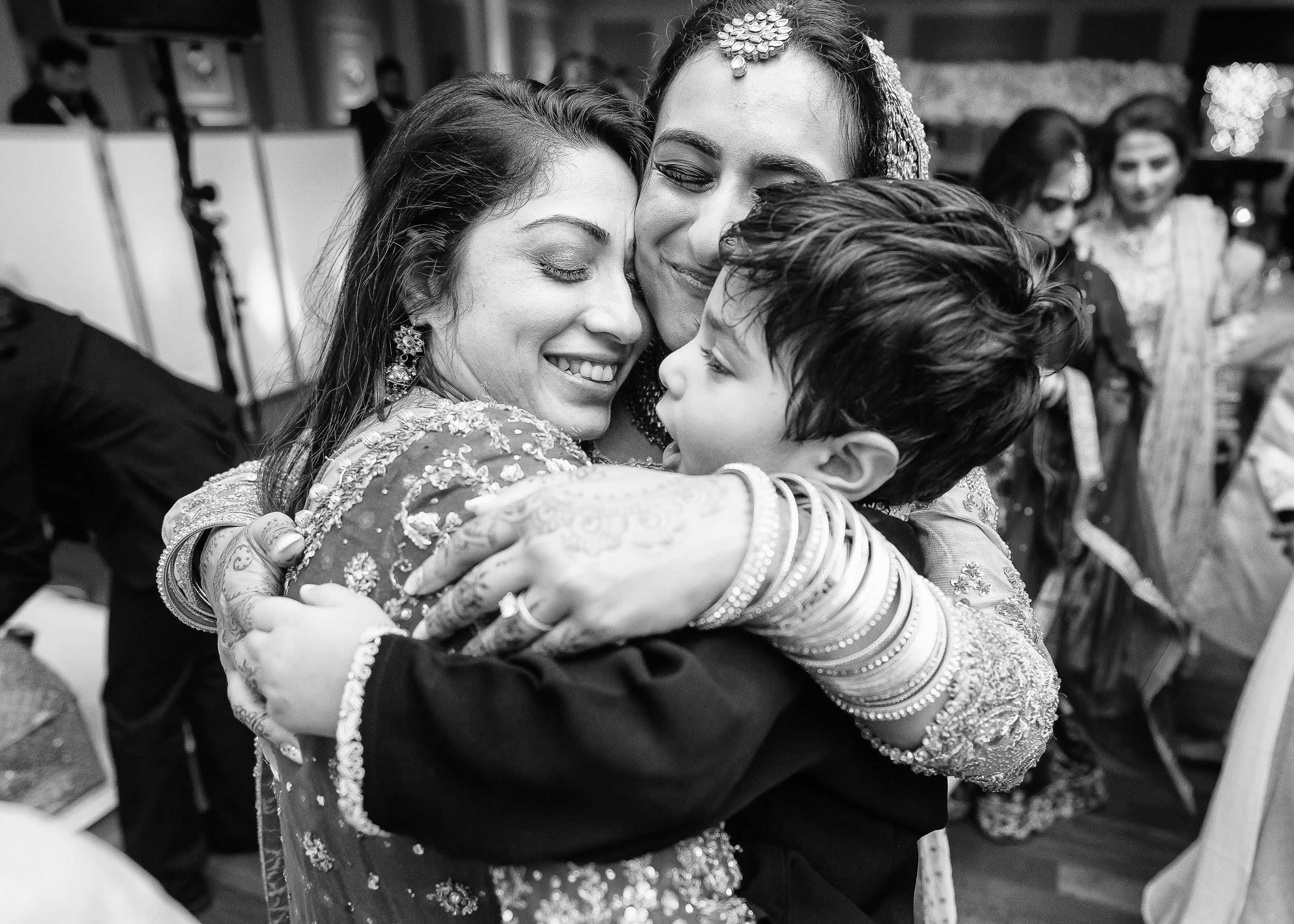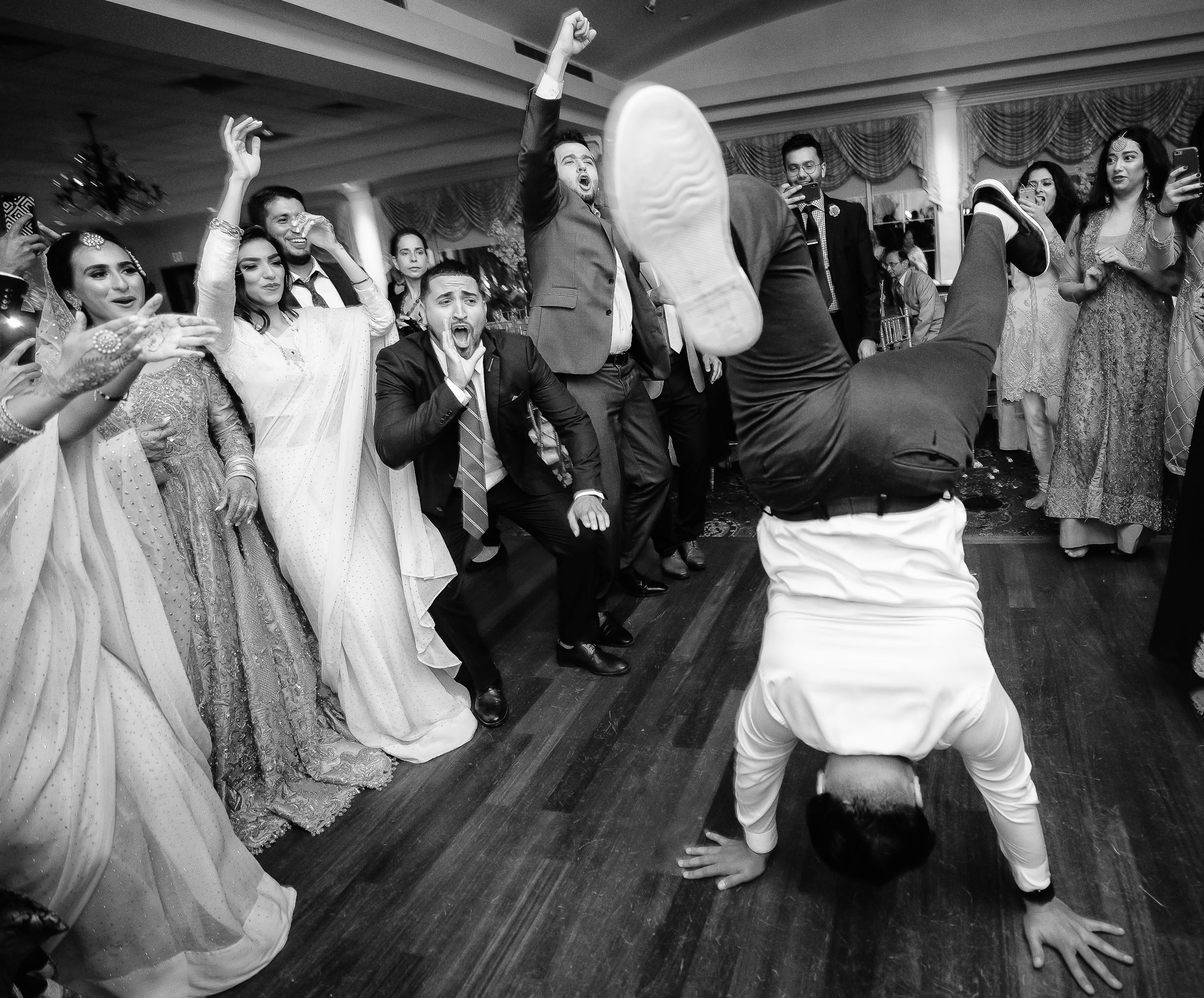Sadly, the cameras which have truly pulled off this trick are relatively rare — while cameras like the D850 certainly seem to fit the bill, often it seems that camera companies are understandably afraid to cannibalize the sales of their higher-profit-margin pro camera lines by not including features that could be there relatively easily and cheaply. Sony has often been described as cameras made by and for engineers — lacking the design panache of, say, much of the Fuji line — but this is often not a bad thing. They have often seemed almost eager to cannibalize earlier cameras, releasing follow-ups either soon after previous models or throwing whatever they can into a camera at a given price point.
We can often ignore the effects of price in camera reviews other than in a snippet at the very end, but price is a huge factor for nearly every consumer. In fact, the very first lesson my father taught me about buying a camera for personal use was “always buy second-best.” The TLR we had kicking around the house was a Yashica, not a Rollei. Our all-manual 35mm SLR was a Minolta SRT, not a Nikon F. The curve of diminishing returns is a powerful and near-universal law, so for the vast majority second-best will often be a far better way to get bang for your buck.
We have been using the A7III in our workflow for the past month by adding it to our three Sony A9’s — that class of camera that was designed to do things never done before, with a price to match. At this moment, the A7III costs 44 percent of what an A9 does. Is the A7III more than 44 percent as good as the A9 overall?
Spoiler alert: Hell yes. Most of the time. There are situations where the A9 shows why it’s worth its cost. But there are also situations where the A7III is actually the better camera, cannibalization be damned.
Body and Handling
Sony is in the apparent belief that they have found the Platonic Ideal of camera design, as each of their recent models differ in forms by the smallest of degrees.
As many have noted, this form seems entirely driven by engineering without, say, Fuji's care for aesthetics. That's not necessarily a bad thing as the point is to take pictures with, not of, the camera, but then of course the physical operation needs to be as close to ideal as possible.
The first thing you notice when you're used to the A9 is that the buttons are less "clicky" and more "squishy." This is purely aesthetic and I'm not even sure which I prefer yet, but is noticeable in every aspect of its physical operation.
The lack of a drive dial on the upper-right of the A9 is something I anticipated missing a lot more than I actually did. While the high-speed of 20fps makes it highly specialized and something to be switched in and out of as needed, on the A7III I have been able to turn it to high-speed drive from my function menu and pretty much forget it, and it never takes a series of photos when I meant to take one, unlike high speed on the A9.
Menus
In keeping with Sony tradition, the menus are a bit of a train wreck, with categories sorted almost seemingly at random. Luckily there are enough customizeable buttons and a completely customizeable function display, meaning you don’t have to delve into the menus often, and there is a “My Menu” function. I highly recommend taking the time to go through and customize all of these things so that your time delving through each of the menus wondering where they put a specific function is minimized.
EVF
One of the differences from the A9 that is a straight-up downgrade is the EVF, which is a couple generations behind in resolution, the same 2.36MP as the A7II. This is noticeable in general use, but usually only if you’re really looking for it. The only time I ever really noticed it had more to do with the increased sharpening Sony has seemed to use to compensate, which put some noticeable halos on contrasts areas. (This, of course, has no effect on image quality.)
But it is still more than good enough to function in the ways that I need. A lens like the Mitakon 50mm f/0.95 might have a hit rate of 5 percent on even bright, large DSLR viewfinders, since they don’t fully show the shallow depth of field except with Live VIew.
I am in general a strong believer in EVFs especially as they get better and better, not least because the limiting factor of sensitive sensors in dark situations is the not-as-sensitive human eye. It’s a bit disappointing that the EVF is not class-leading but has been far from a deal breaker and something I forgot a vast majority of the time.






